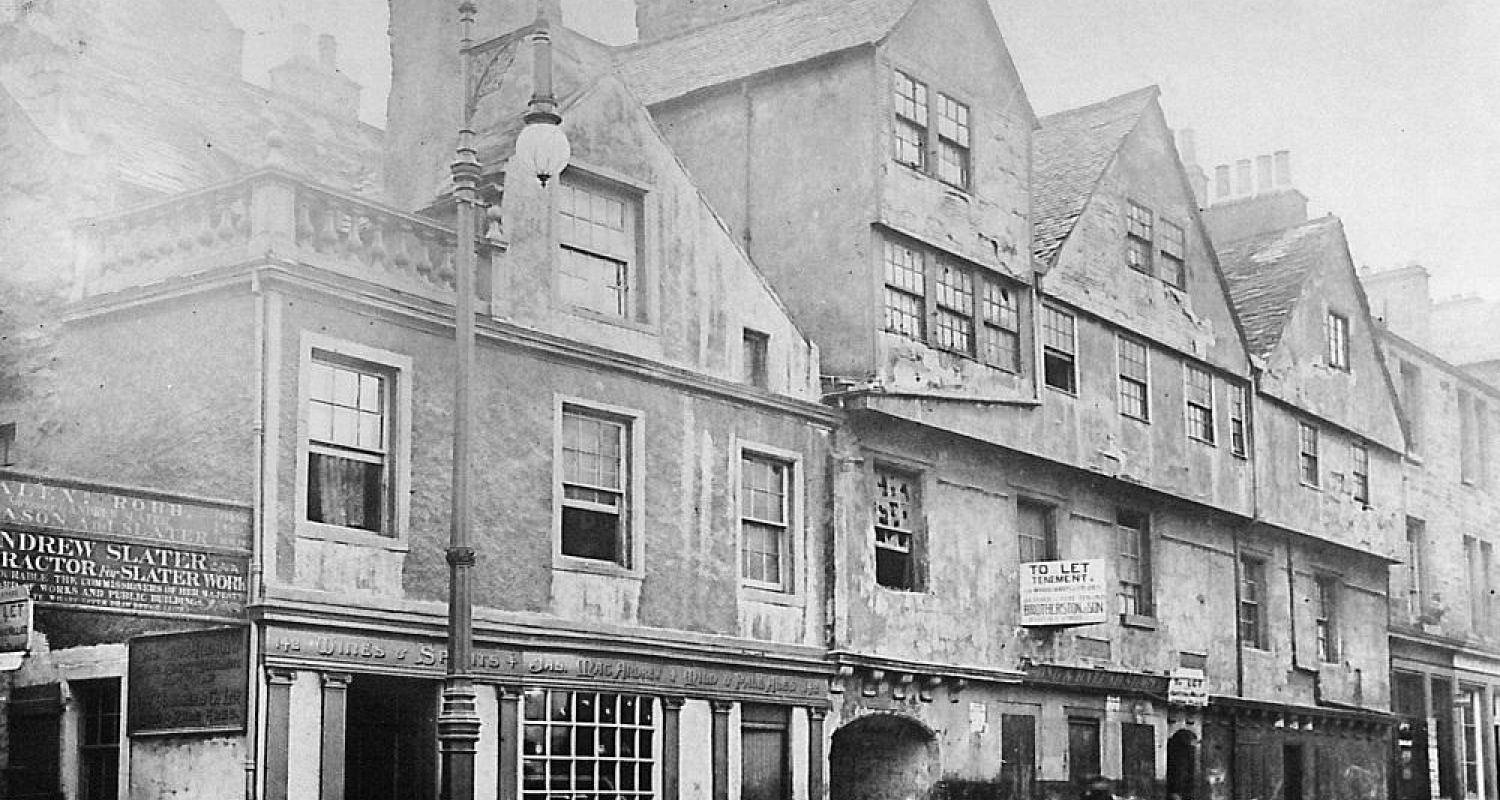Auld Reekie Retold is a major three year project which connects objects, stories and people using Museums & Galleries Edinburgh’s collection of over 200,000 objects. Funded by the City of Edinburgh Council and Museums Galleries Scotland, the project brings together temporary Collections Assistants and permanent staff from across our venues. The Auld Reekie Retold team are recording and researching our objects, then showcasing their stories through online engagement with the public. We hope to spark conversations about our amazing collections and their hidden histories, gathering new insights for future exhibitions and events.
In this blog, Nico Tyack, Project Manager explores the story of how our varied and unique collections started with the first museum room in the 1800s.
Museums & Galleries Edinburgh holds over 200,000 items. Everything from tiny pieces of doll's house furniture to the enormous old clock mechanism from St. Giles' Cathedral (or High Kirk for the liturgically minded!), oil paintings to thimbles, Mesolithic nutshells to Climate Catastrophe protest banners, has a place in our collections. But how did it all start? How did these come to us and how did our family of museums grow?
Our museums can trace their origins back to the 1870s, and a small museum room in the City Chambers, the City Council’s headquarters, with a growing collection of civic artefacts. At first the museum was only open to councillors but it opened to the public in 1901. The Scotsman ran an article in which the museum is described as:
“intended to become the permanent resting place of pictures, prints, relics, and articles of all kinds which will serve to illustrate the social and municipal history of Edinburgh...”
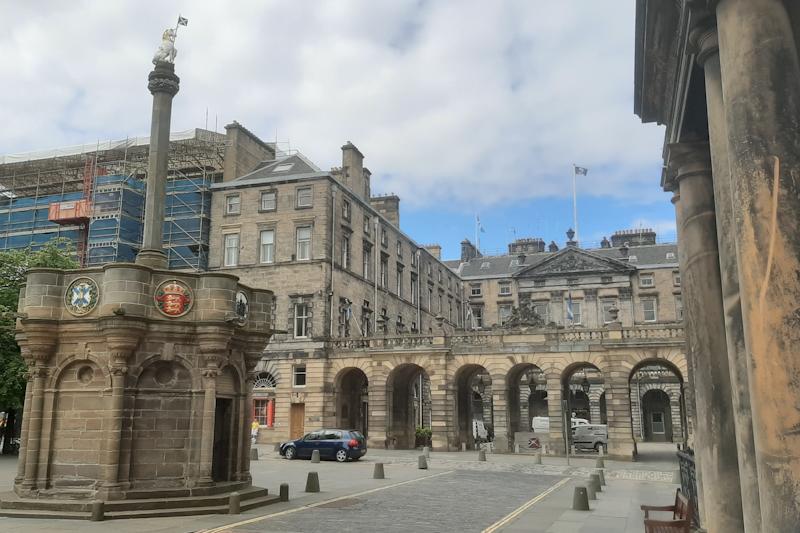
The new Corporation Museum quickly became recognised as the place where members of city institutions, Councillors or academics could donate historical artefacts. The material collected was not yet the sort of thing most people would have at home, so few donations were from private individuals. Among early donations were a number of manuscripts, letters and personal belongings of Robert Burns and Sir Walter Scott, which still form the heart of the collections of the Writers’ Museum.
By 1913 the museum collections had grown too large for the City Chambers, and an off-shoot was established in the newly restored Lady Stairs House, the current home of the Writers’ Museum.
A survey of buildings at risk in 1927 brought to light a particularly important 17th century residence on the Royal Mile which was in dire need of restoration. The building, known as Huntly House, was bought by the Council and refurbished, and on 6th May 1932, it was officially opened as the new city museum. Some Edinburgh residents still call it by its old name, Huntly House Museum, but we know it today as the Museum of Edinburgh (or just MoE for us folk who work there!).
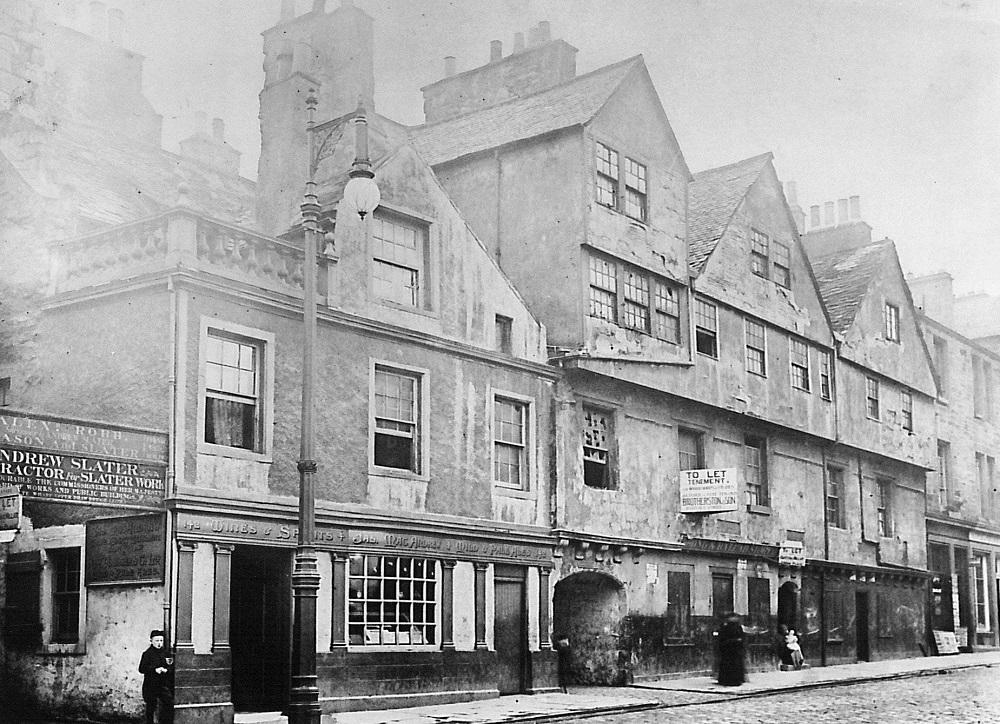
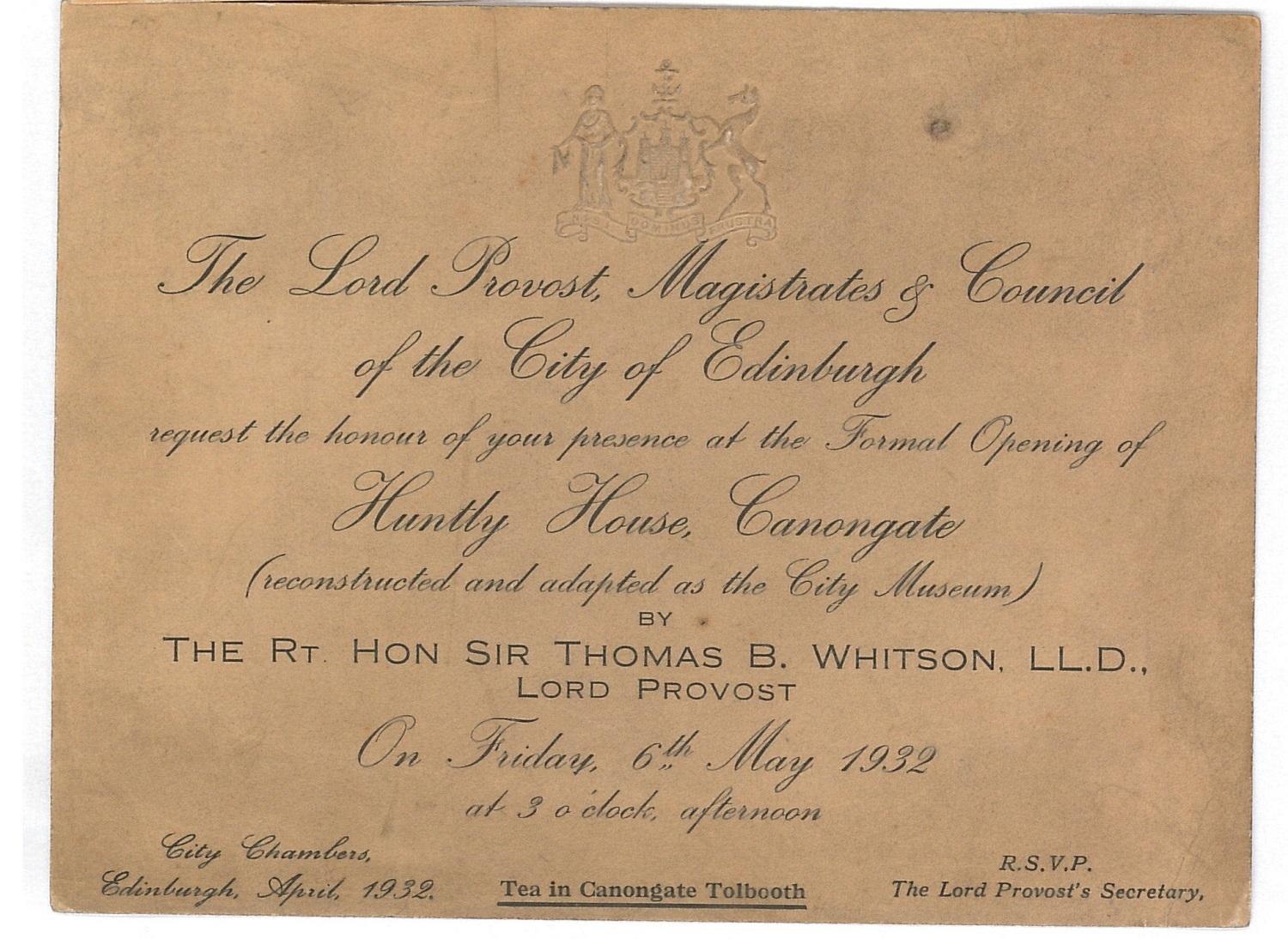
When the museum opened, Canongate was a slum, and many felt that its location in a deprived part of town would put anyone off from visiting. They were proved wrong, and the visitor books from the time show that the new museum was doing very well. As it attracted more visitors, so too did it get more and more offers of donations of artefacts.
As the collections grew, some objects were moved to other buildings in the City. The building housing the Writers’ Museum has been a museum since 1913, and Lauriston Castle and its astonishing collection had been entrusted to the Council for care and preservation back in 1926, but other museums are relative newcomers. The Museum of Childhood started in 1955 out of a small private collection belonging to its founder, Patrick Murray, and the fine art collections from Huntly House eventually moved to their current home at the City Art Centre in 1980. Queensferry Museum joined the family of Museums & Galleries Edinburgh in the 1970s, and the archaeology collections continued to grow as the city was dug up for building works.
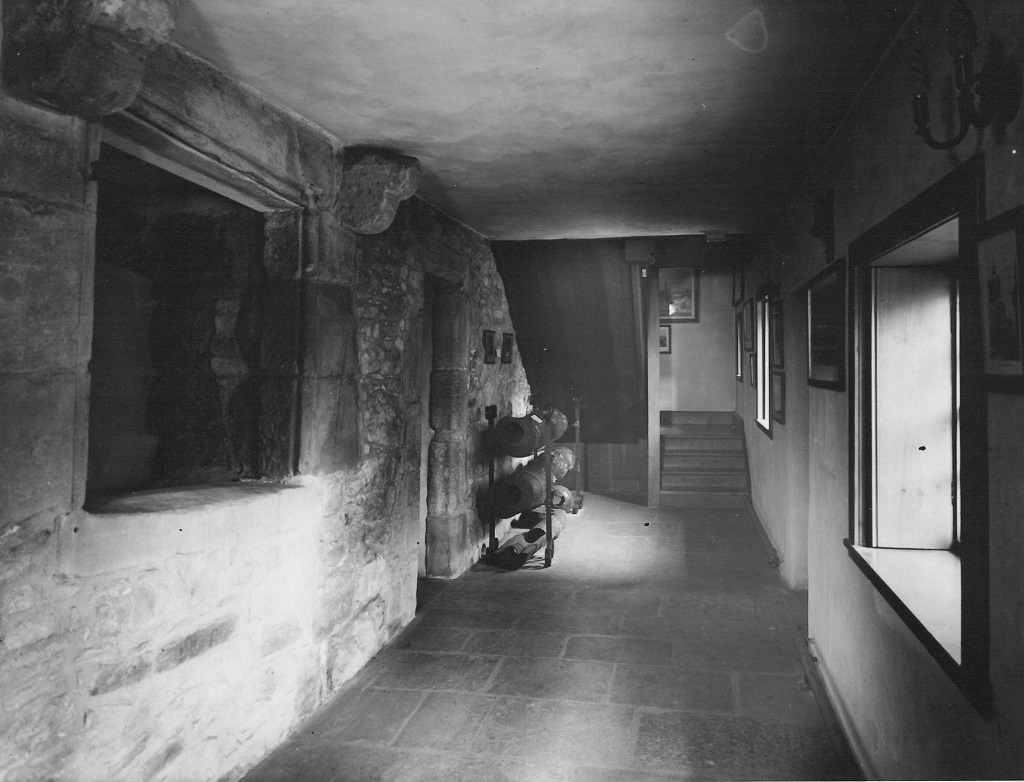
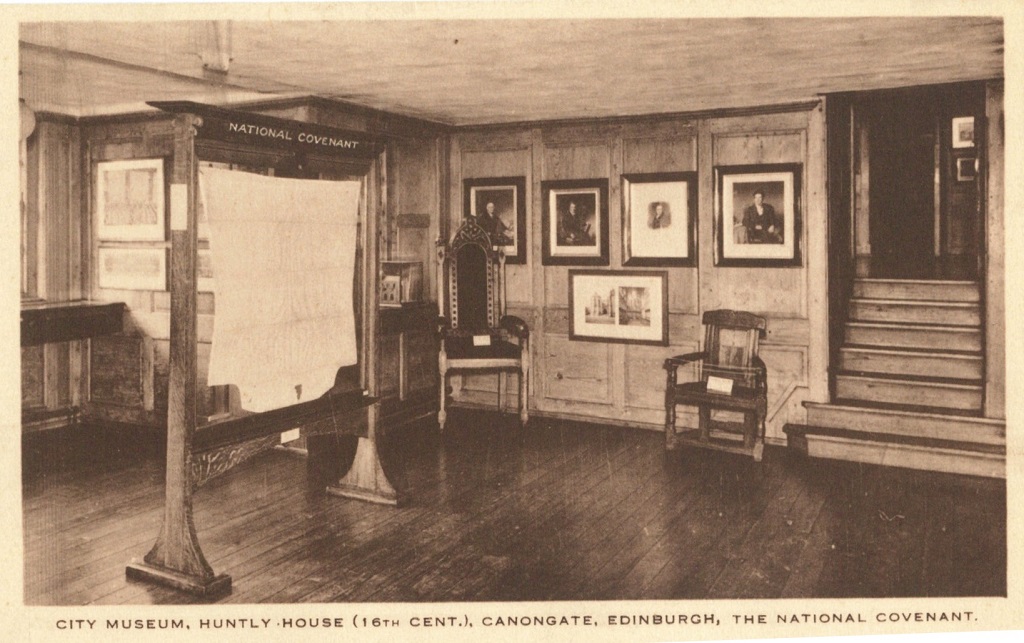
The way we study history has changed over the years. For a long time, history was about kings and queens, the Great and Good and grand civic institutions. The lives of working people somehow weren’t considered important in shaping our collective story. This changed, and in the 1980s, the new academic discipline of social history had a profound impact on museums. Museums & Galleries Edinburgh developed collections reflecting the lives of people like you and I; how the city has changed as a result of industrialisation; the impact of social issues and the diversity of the city’s communities. The Museum of Childhood began collecting aspects of childhood other than toys, and the history collections acquired donations from Edinburgh’s brewing and printing industries. This culminated in 1989 with the opening of the People’s Story and the development of a vast collection built up from the life and times of a wider public.For a long time, history was about kings and queens, the Great and Good and grand civic institutions. The lives of working people somehow weren’t considered important in shaping our collective story. This changed, and in the 1980s, the new academic discipline of social history had a profound impact on museums. Museums & Galleries Edinburgh developed collections reflecting the lives of people like you and I; how the city has changed as a result of industrialisation; the impact of social issues and the diversity of the city’s communities. The Museum of Childhood began collecting aspects of childhood other than toys, and the history collections acquired donations from Edinburgh’s brewing and printing industries. This culminated in 1989 with the opening of the People’s Story and the development of a vast collection built up from the life and times of a wider public.
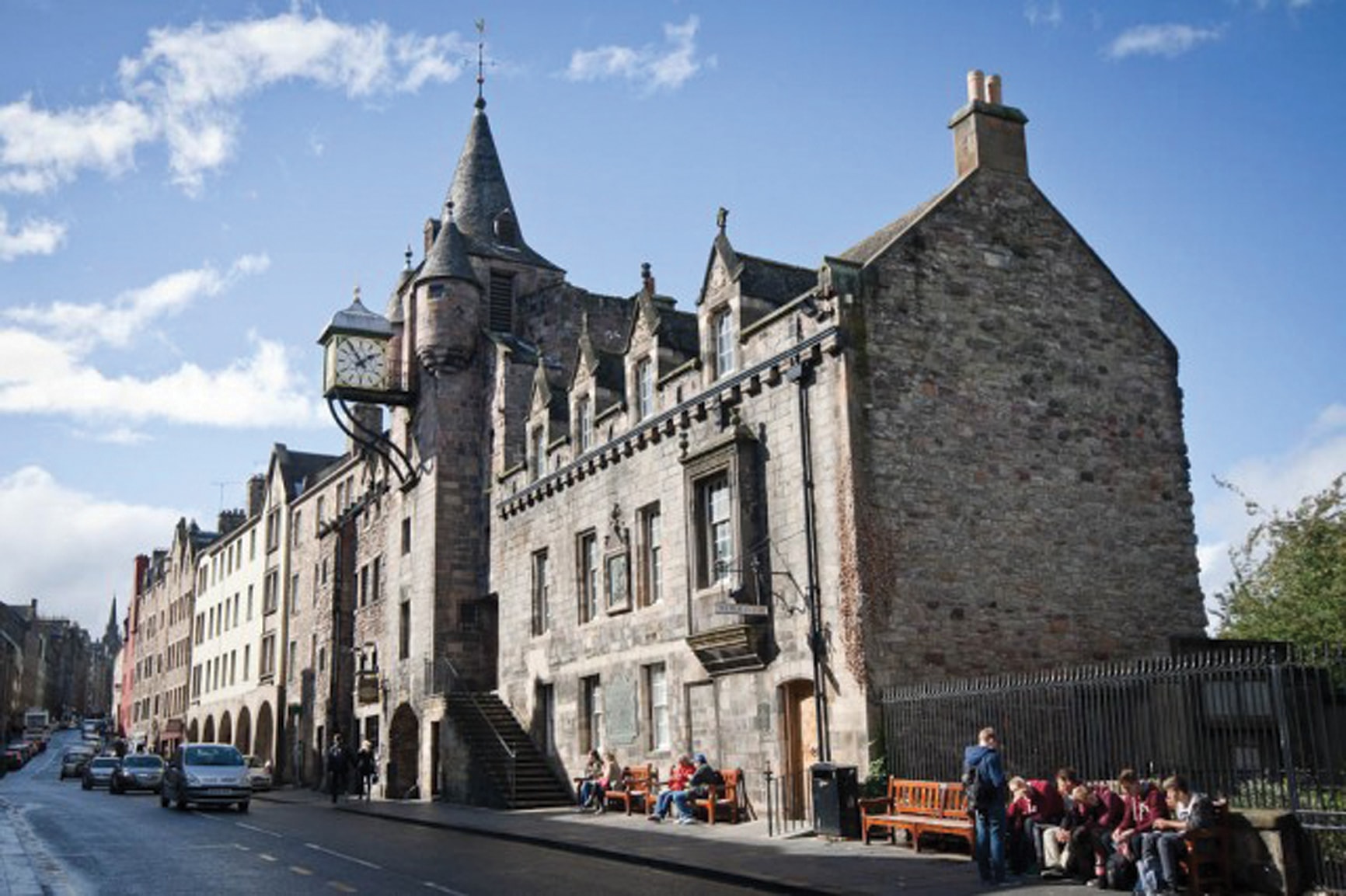
We continue to develop these collections with the aim of telling the story of all of Edinburgh’s communities. Over the coming 3 years, Auld Reekie Retold will be sharing these stories with you, and asking you to share yours.
You can find out more about the history of our collections here.
